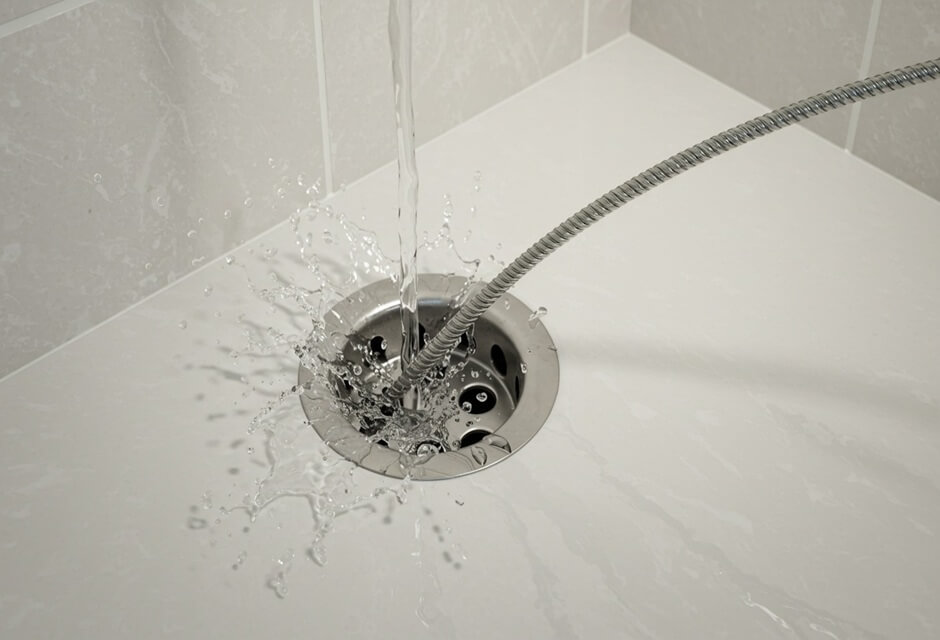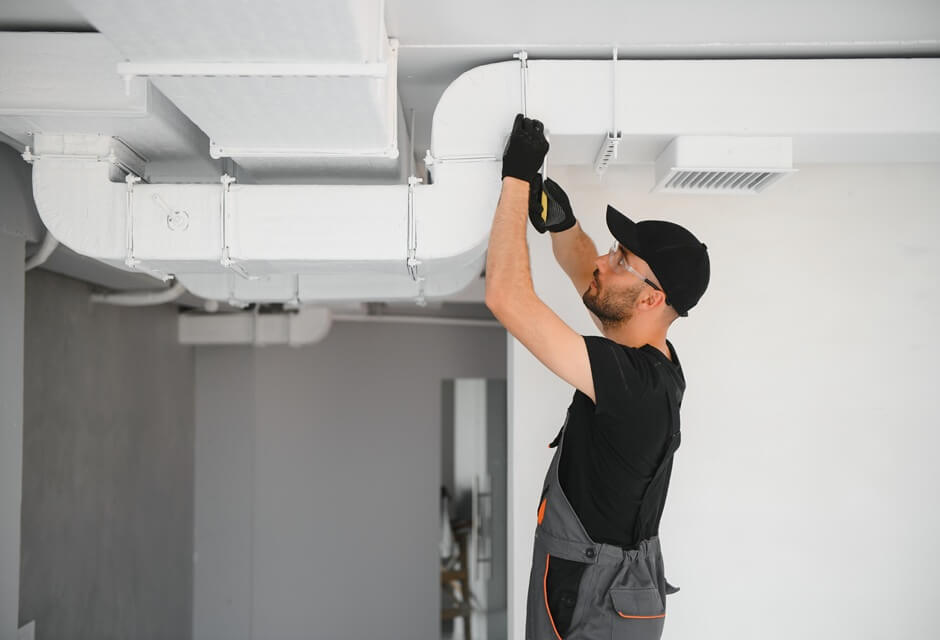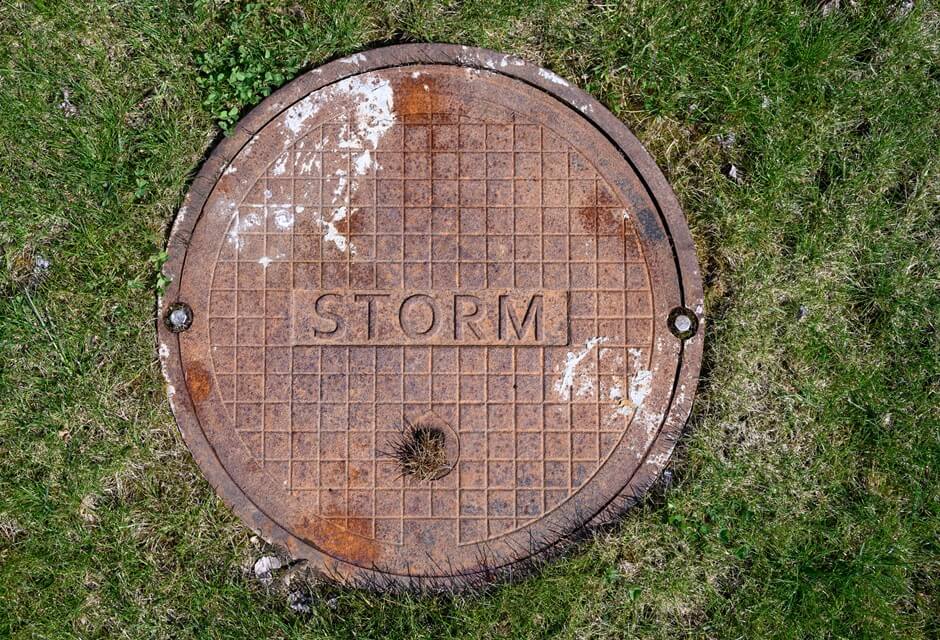Whether you’re building a new house or remodeling an old one, one thing you want to do at the end of the day is beautifully finished hardwood flooring.
Nonetheless, even though hardwood is by far one of the most durable types of flooring, it can still lose its shiny and classy gloss with years of foot traffic.
However, you don’t need to remove it or install a new floor. Simple hardwood refinishing will do the trick.
For those of you who would like to avoid new hardwood flooring prices, then it’s better to maintain and frequently refinish the flooring you already have. Keep reading to learn more!
Prep Work
Before you start with hardwood floor refinishing, it’s important to do a little prep work so that the room is ready for the project.
-
The first thing is to remove all the furniture out, to give you enough room to work. Make sure that any rugs on the floor and window treatments that run well down to the flooring are also removed.
-
Secondly, if there are any vents or electrical outlets in the room, cover them with painter’s tape. This helps to prevent dust from going into the vents.
-
Finally, start removing the crown molding if any along the edges of the floor. As a pro tip, make sure you’ve marked all the molding removed so that it’s easier to reinstall it once the refinishing is done.
Repairs and Patching
I know a lot of people would consider sanding hardwood floors right after they do the prep work. Thile this is an important process, it needs to come later on. The second step would be to do a little repair work and some patching up.
-
If your floor has some dents or holes, fix them first before refinishing.
-
Inspect for loose panels as well and fix them tightly before proceeding to the next step.
The last thing you want is to refinish a damaged hardwood floor. It won’t look as beautiful as it should be even with a new finish. In cases where the damage is just too much to fix, you may want to consider replacing the boards or going for a full flooring replacement.
Sanding
Now let’s get to the third phase. Some people may argue that sanding is part of the pre-work and they can be right.
However, since you’re now directly working on the floor itself, it means that you’re already knee-deep into the project. Either way, it’s a crucial step simply because it roughens up the hardwood to ensure the finish holds.
In order to make your work easier here, consider renting a drum sander. No doubt using such heavy-duty equipment is a first for most people.
Besides, incorrect use of drum sanders can damage your hardwood floors. But it’s the best and most effective way to get the sanding done quickly and more effectively. The only thing you need to do here is to learn how to use the sander.
Applying the Finish
Once the floor is sanded, it’s time to get to refinishing, the most important stage of wood floor restoration. There are a few steps you’ll need to take before applying the finish.
-
First, start by buffing the floor. This helps to remove any tiny sand marks that may have been left behind.
-
Secondly, wipe down the floor to make sure it’s clean.
-
Then proceed and seal the floor using the recommended sealant.
Some people may decide to apply a stain first before getting to the sealer. There’s nothing wrong with this but it’s completely optional.
It’s also important to apply the sealant as gently and as thoroughly as you can. You want to ensure the floor looks even once the job is done. A good rule would be to read the manufacturer’s guidance on the sealer before starting the job.
Request a free quote for hardwood flooring refinishing and save yourself the hassle!
 Let a floor contractor give you an estimate on your project
Let a floor contractor give you an estimate on your project





 Member of the
Member of the